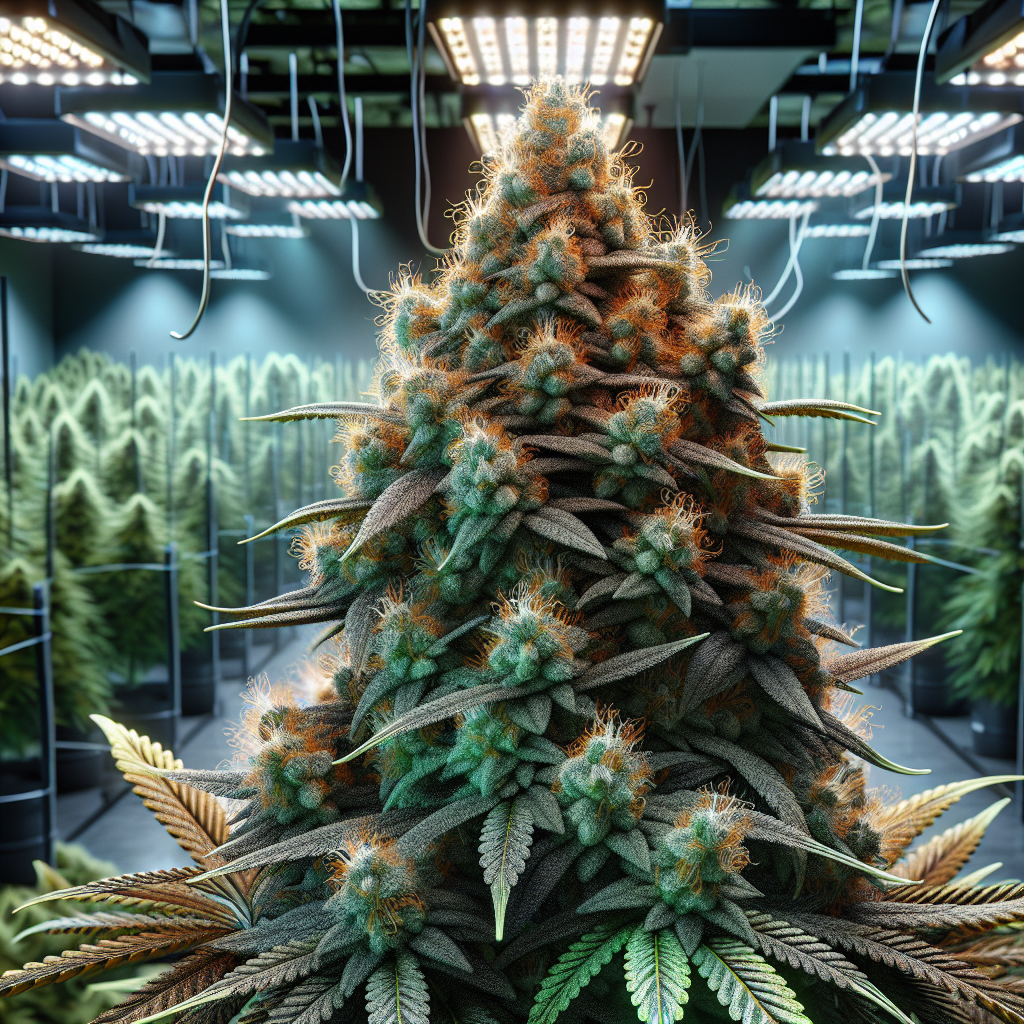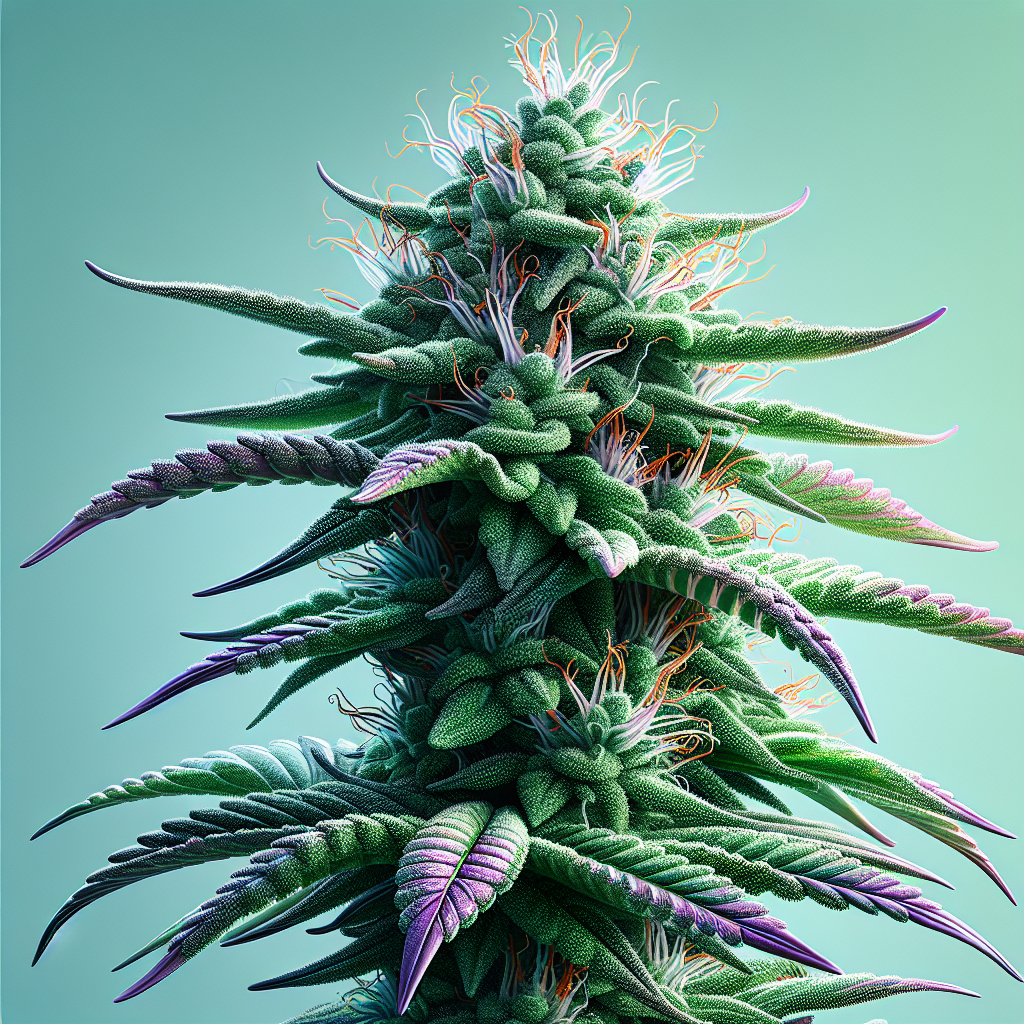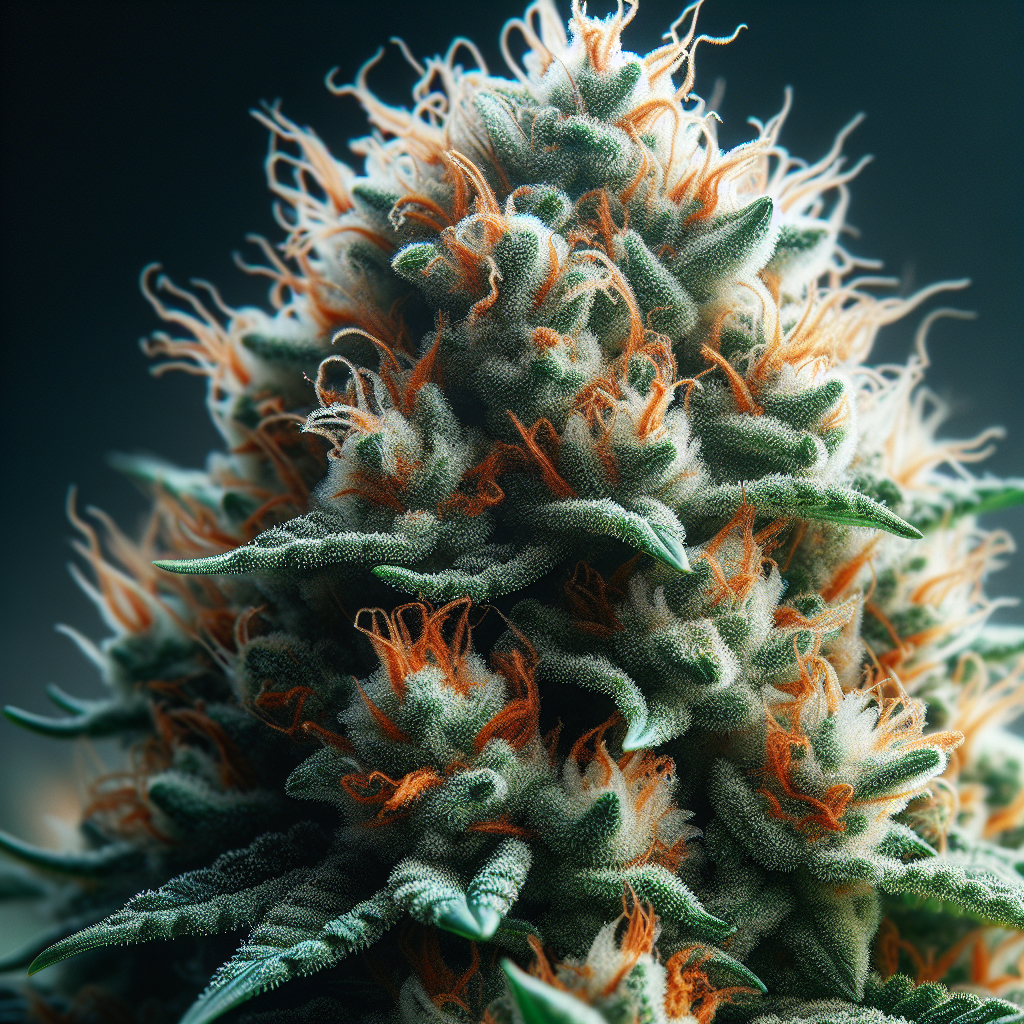From Seed to Satisfaction: Discovering the Joy of Homegrown Cannabis
Cannabis has enjoyed a renaissance in recent years, transitioning from the shadows of prohibition to a celebrated plant embraced for its benefits. For many enthusiasts, there’s no greater joy than growing your own cannabis. From the mesmerizing process of germination to the euphoric moment of harvest, cultivating cannabis at home brings a host of rewards, not only in terms of quality and freshness but also in personal satisfaction. In this comprehensive guide, we will explore the inspiring journey from seed to satisfaction in the world of homegrown cannabis, highlighting the numerous benefits of this green endeavor.
The Benefits of Growing Your Own Cannabis
1. Quality Control
One of the most significant advantages of growing your own cannabis is the ability to control what goes into your plants. Many commercial growers use pesticides, herbicides, and synthetic fertilizers that might not align with your values or health needs. By cultivating your plants at home, you can opt for organic growing methods, ensuring that your cannabis is pure, safe, and free of unwanted additives.
2. Cost-Effectiveness
While the initial investment in equipment and supplies may seem daunting, growing your own cannabis can be incredibly economical in the long run. The price of high-quality cannabis can take a toll on your wallet, particularly in states where recreational use is legal. Once you’ve established your growing setup, the ongoing costs for seeds or clones, soil, and nutrients are significantly lower than purchasing cannabis from dispensaries. Plus, you’ll have a continuous supply, which allows you to save even more.
3. Satisfaction and Accomplishment
There’s unparalleled satisfaction in watching your plants grow from mere seeds to lush, flowering specimens. Gardening has been shown to promote mindfulness and relaxation, making cannabis cultivation an excellent therapeutic hobby. The patience, care, and dedication you invest in your plants translate into an exhilarating payoff when you finally harvest your own buds.
4. Tailored Strain Selection
Growing your own cannabis gives you the freedom to choose precisely which strains to cultivate, based on your preferences and needs. Whether you desire strains high in CBD for relaxation, THC for euphoria, or specific terpenes that drive aromatic profiles, DIY cultivation allows you to personalize your cannabis experience. You can even experiment with crossbreeding to create unique strains, innovating and discovering new flavors and effects.
5. Educational Experience
Cultivating cannabis at home presents an invaluable learning opportunity. From understanding the plant’s life cycle to mastering growing techniques, novice growers become skilled horticulturists throughout the process. This educational journey imparts a wealth of knowledge about ecology, growth conditions, and resource management that goes beyond cannabis cultivation.
Getting Started with Homegrown Cannabis
Choosing Your Growing Method
Before planting, you need to decide on the growing method that suits your lifestyle, space, and budget. Here are three popular options:
1. Indoor Growing
Indoors provides you with full control over environmental conditions. With the right grow lights, ventilation, and pots, you can cultivate year-round. Indoor growing allows for the selection of specific strains that thrive under artificial light. Whether you choose a soil-based medium or hydroponics, the indoor environment paves the way for experimentation with various techniques.
2. Outdoor Growing
For those with ample outdoor space, growing cannabis outside can yield bountiful harvests. Nature provides sunlight, fresh air, and even beneficial insects, fostering healthy plant growth. Outdoor cannabis can blossom into large, robust plants, but be mindful of the local climate and potential pests or diseases.
3. Greenhouse Growing
A middle ground between indoor and outdoor growing is the greenhouse. This method affords many benefits of outdoor cultivation while allowing you to shield your plants from harsh conditions. A well-ventilated greenhouse can provide consistent air circulation, stable humidity levels, and protection from pests, making it an ideal choice for many home growers.
Selecting Your Strains
Before you embark on your cultivation journey, selecting the right strains is crucial. Factors to consider include your desired effects, growth space, and climate. A novice may appreciate quick-flowering or hardy strains that are more forgiving of beginner mistakes. Here’s a quick look at some popular strains suitable for home cultivation:
- Blue Dream: A hybrid strain beloved for its balanced effects, Blue Dream is known for easy cultivation and high yields.
- Northern Lights: Ideal for beginners, this strain is resilient and relatively low-maintenance with a noted relaxing effect.
- Lavender: For those interested in aromatic profiles, Lavender offers a delightful fragrance and a calming experience.
Germination: The Start of Something Beautiful
The germination stage is where it all begins. Using the "paper towel method" is a reliable way to sprout seeds. Simply place your seeds between moist papers towels, and keep them warm and damp. Within a few days, you’ll see tiny sprouts emerge, ready to be transferred to pots or trays.
Transplanting
Once your seedlings have developed a few sets of true leaves, they require transplanting into larger pots where they’ll have ample room to grow. Use quality soil formulated for cannabis, rich in nutrients and well-aerated to foster root development. Make a small hole in the soil, gently place your seedling, and cover the roots with soil.
Caring for Your Plants
Light and Watering
Proper light and water are two pivotal factors in cultivating cannabis effectively. Most cannabis plants require 16-18 hours of light per day during the vegetative stage and a switch to 12 hours for the flowering phase. When watering, adopt a “less is more” mindset, allowing the soil to dry slightly between waterings to avoid overwatering.
Nutrients
Cannabis plants require distinct nutrients throughout their life cycle. During the vegetative stage, they thrive on nitrogen-rich fertilizers. As they transition to flowering, phosphorus and potassium become paramount. Be attentive to signs of nutrient deficiencies or excesses, as these issues can impede growth and affect yield.
Monitoring Growth
To ensure that your plants flourish, monitor them closely for signs of pests or diseases. Leaf discoloration, curling, or wilting can indicate issues that need addressing. Keeping a close watch will allow you to intervene early, ensuring healthy plants that stand a better chance of thriving.
Flowering and Harvest
As your plants transition into the flowering stage, the anticipation builds. Depending on the strain, flowering can last anywhere from eight to ten weeks. During this time, you’ll notice the development of buds, which contribute to the plant’s unique aroma and potency.
Identifying the Right Time to Harvest
Timing is crucial for achieving peak potency and flavor. Monitoring trichomes—small, glandular structures on the buds—can help you determine when it’s time to harvest. When they transition from clear to milky and finally to amber, it signals that the plant has reached its peak maturity.
Harvesting and Curing
The harvest is a labor of love. Carefully cut the branches and hang them in a dark, well-ventilated area to dry. Once dry, the buds must be cured in glass jars to enhance their flavor and potency. Rotate the jars regularly and keep an eye on moisture levels to prevent mold.
Enjoying the Fruits of Your Labor
After weeks of care and dedication, it’s finally time to enjoy your homegrown cannabis. The first toke of your self-cultivated buds is a moment of triumph. The flavor, aroma, and effects will reflect the unique care you put into growing them. Explore different consumption methods—joints, vaporizing, or edibles—and savor the satisfaction of enjoying something you nurtured from seed to satisfaction.
Sharing the Joy
The culture surrounding cannabis is vibrant and communal. Sharing your homegrown harvest with like-minded friends can amplify the joy of the experience. Consider hosting a cannabis-themed gathering; it’s a wonderful way to connect with fellow enthusiasts and foster a sense of community.
Conclusion
Growing cannabis at home is not only an incredibly rewarding journey but also a powerful affirmation of your commitment to quality, sustainability, and personal connection with this extraordinary plant. The joy that comes from planting a seed and nurturing it to fruition transcends mere cultivation; it becomes part of your lifestyle, your education, and your well-being.
As the world continues to embrace cannabis, there has never been a better time to take on this fulfilling hobby. From the first sprout to the satisfying moment of harvest, homegrown cannabis offers an enriching experience that brings joy, peace, and connection to the plant and those who share it.
FAQ Roundup
1. Is it legal to grow cannabis at home?
- The legality of home cultivation varies by location. Always check your local laws regarding cannabis cultivation to ensure you’re compliant.
2. What is the best strain for beginners?
- Strains like Northern Lights or Blue Dream are excellent choices for beginners due to their resilience and relatively easy care requirements.
3. How much space do I need to grow cannabis at home?
- The space needed depends on the number of plants and the method of cultivation. Indoor growers may cultivate in small tents or closets, while outdoor growers need sufficient garden or yard space.
4. What tools do I need to start growing cannabis?
- Essential tools include pots, quality soil, nutrients, grow lights (for indoor), fans, and a watering system (manual or automated).
5. How do I know when to harvest my cannabis?
- Monitor the trichomes on your buds. When they shift from clear to milky and then amber, it’s a sign they’re ready for harvest.
6. Can I use regular soil for cannabis plants?
- While you can use regular gardening soil, it’s more beneficial to invest in soil specifically designed for cannabis, which is often more nutrient-rich and well-draining.
7. What are some common pests to be aware of?
- Common pests include spider mites, aphids, and whiteflies. Keeping an eye on your plants and maintaining cleanliness can help prevent infestations.
With these insights and guidelines, you’re now equipped to embark on your home cannabis cultivation journey—a rewarding experience that fosters personal growth, connection with nature, and an appreciation for this incredible plant. Happy growing!





